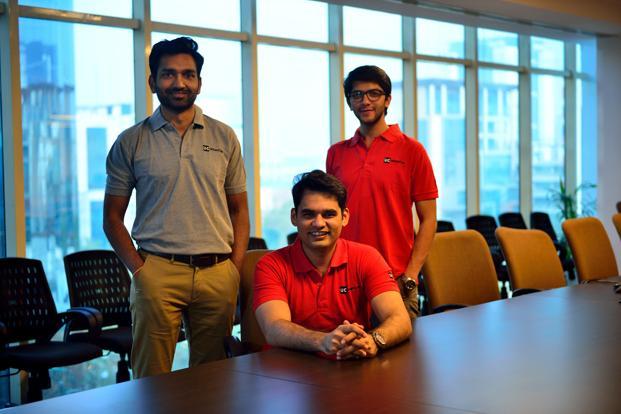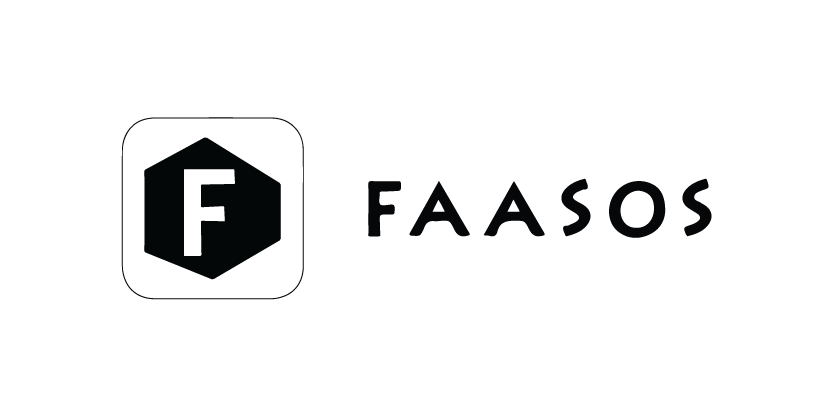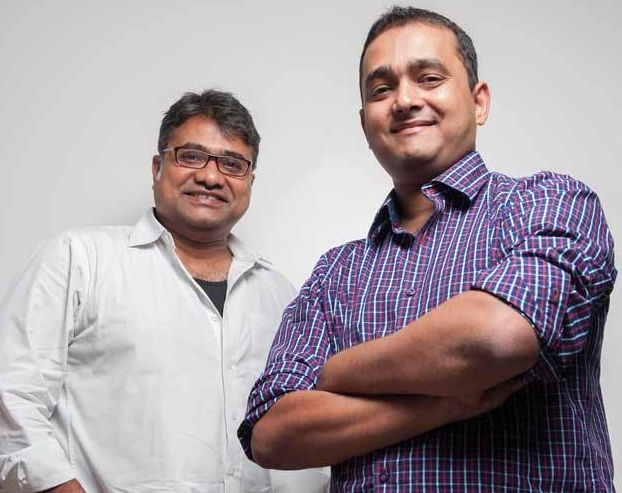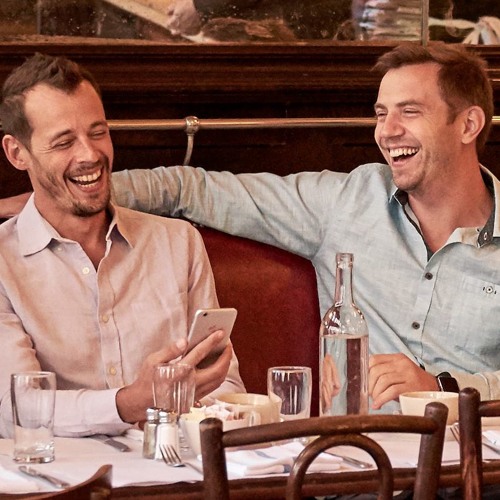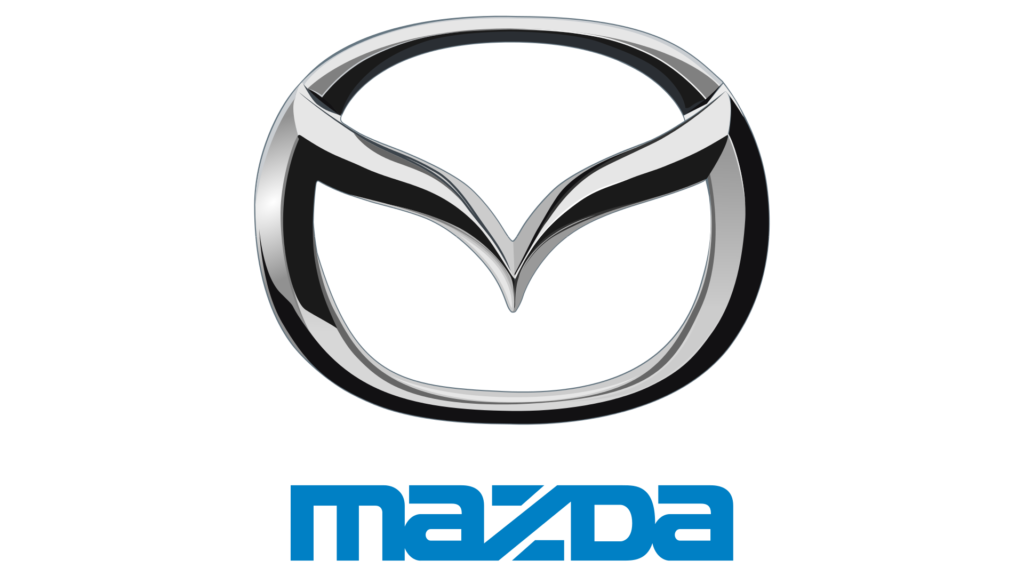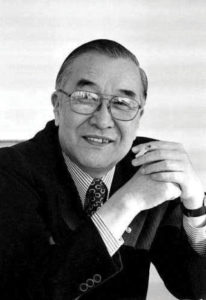Basecamp, A Company that Created Mystique in the World of Web Applications
Every business, rising from a small start-up to a flourishing company needs smart management tools to become more efficient and work in a proper hassle-free manner. The main problem that arises when you don’t have appropriate tools for managing a project is the communication gap between the company and the clients. And, this is the biggest threat to any existing business which can lead to extreme loss and even dissolution.
But, how about a web application where everything from creating your schedules to managing multiple chat heads of clients can be carried out? Basecamp, a private company, is one such platform that provides web applications where every necessary tool is combined together in a single software to make your work much easier and better.
Though Basecamp released its first web application publicly in 2004, the history of the company dates back to 1999, when a company named 37signals was formed with just four team members.
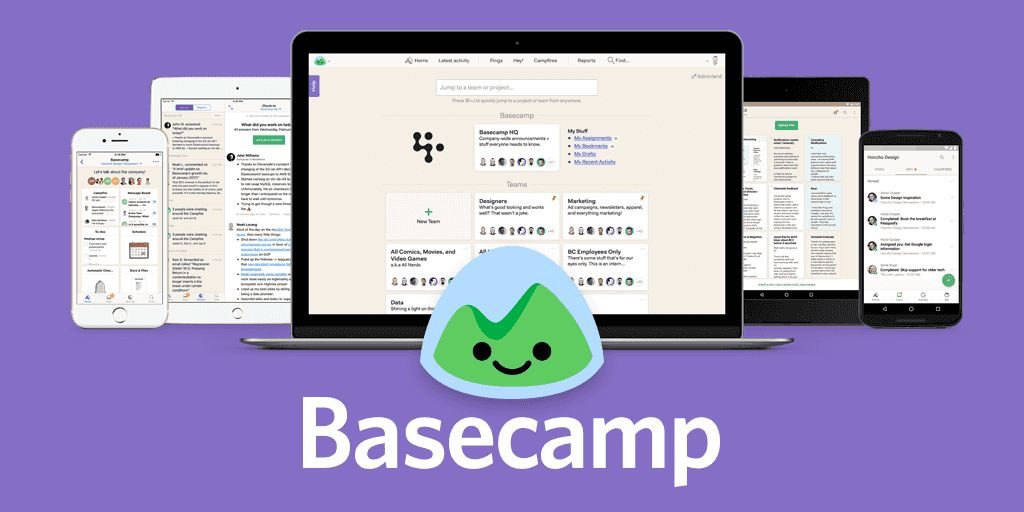
37signals
In 1999, Jason Fried, Carlos Segura and Ernest Kim founded 37signals in Chicago, Illinois, as a web designing firm. The main motive of the company was to help other business companies improve their websites and make it less complex.
Initially, the company was doing quite well, but as the number of clients started increasing, the founders found themselves in a much-disorganized situation and started losing the demand for its service. As the trend of business communication follows, 37signals also marketed and managed projects through emails. And, this is what needed a very significant change to bring them out of the dealing topsy-turvy. 37signals realized that the method of getting updates via emails isn’t efficient enough, and it hinders proper communication. So, they planned to create a project management tool, which will have features like tracking progress, alerting deadlines, bookmarking important messages, managing emails, receiving notifications and much more. Basically, they started working on building up a web application with an arsenal of perks for every businessman around the globe.
After building the application, they started implementing the features, while interacting with their clients. This way, they received feedbacks of the tool internally, which was exceptionally positive. Realizing the demand for it, the company finally released Basecamp publicly in 4th February 2004. This was the first step towards something way bigger and over the years updated version of Basecamp like Basecamp Next and Basecamp 3 were also released.
The Growth
After the release of the application, they offered everyone one free project, in order to give clients the experience of management. And in case they still wanted to continue, they were asked to sign up for any one of the three paid packages.
Their first target was to make $5000 a month, which means $60,000 annual revenue. But they achieved it within six weeks only. This triggered their determination, and they realised that they are on the right path. Since the business was increasing rapidly after the launch of Basecamp, 37signals wanted to shift their field of interest from web designing to building web applications. So, they stopped taking any more clients for web designing and fully focused on modifying Basecamp. Today, Basecamp is used by the majority of firms and is the best project management tool across the world.
The tool became so popular that everyone starting from the business firms, software developers, educational institutions, and even, the non-profit organizations used this application to make their projects better. In 2014, the company was to Basecamp, after the software package (flagship product) Basecamp.
In 2004, David Heinemeier Hansson, partner at Basecamp, created Ruby on Rails, a free web application framework which was later released as open source.
In 2015, Basecamp 3 was released which the founders claim to be the best ever version of Basecamp with maximum modification and features.
When Basecamp was released in 2004, only 45 clients signed up for it. But the numbers started increasing so gigantically that by the next ten years 1,544,456 clients signed up, and, the number has almost doubled by now.
The Success
Basecamp and Ruby on Rails are two of the most successful products of 37signals (now Basecamp). Most popular sites like Twitter and GitHub use the Ruby on Rails framework.
Today, Basecamp has around 54 employees dealing with a diverse population working for the same goal that is creating better projects. Several books have also been published by this team like Zero to One and Rework.

Annasha Dey is an NIT student, who apart from studying engineering is also a content writer. She has a great interest in photography, writing, reading novels, and travelling as well. She is a foodie who loves socializing and hanging out with her friends. She is also a trained Kathak dancer and a big fashion enthusiast. Dey also loves watching TV series, which includes F.R.I.E.N.D.S. and Big Bang Theory. To be a better writer she prefers to read more


